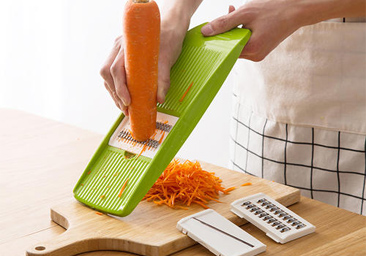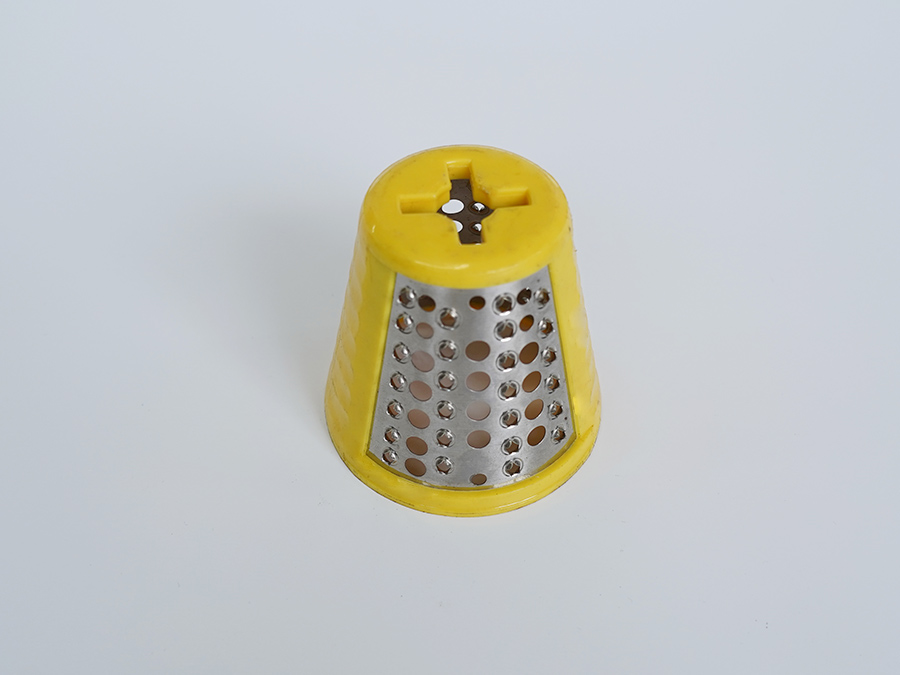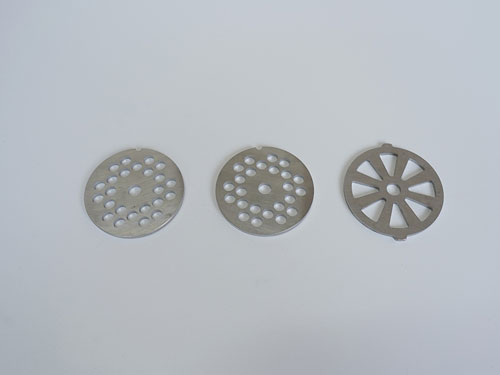
 Home > News
> News Information
Home > News
> News Information
1、 The functions of the deep drawing sill (deep drawing rib) in the cover mold are as follows:
1. Increase the feeding resistance to ensure that the surface of the deep drawn part can withstand sufficient tensile stress, improve the stiffness of the deep drawn part, and reduce defects such as concave surface, deformation, relaxation, and ripples caused by rebound;
2. Adjust the flow of materials to make the flow resistance of each part uniform during the deep drawing process, or to ensure that the amount of material flowing into the mold meets the needs of each part of the workpiece, to prevent the phenomenon of "more wrinkles and less cracks";
3. Expand the adjustment range of edge pressure. On a double action press, adjusting the height of the four corners of the outer slider can only roughly adjust the edge pressure, and cannot control the feeding amount in all places to meet the needs of the workpiece. Therefore, it is necessary to control the pressure in various places by pressing the edge ring surface and deep drawing ribs;
4. When there are deep drawing ribs, the requirement for surface roughness of the edge ring can be reduced, and the manufacturing difficulty of large covered deep drawing dies can be reduced; At the same time, due to the presence of deep drawing ribs, the gap between the surfaces of the upper and lower edge rings is increased, thereby reducing the wear of the edge ring surface and extending the service life of the mold;
5. Correct material unevenness defects and eliminate the possibility of slipping. Because when the material flows into the concave mold after being rolled by the deep drawing rib, it acts as a leveling effect by the rolling.
2、 The role of process incisions in large coverings
When it is necessary to punch some deep local protrusions or bulges in the middle of the cover, in deep stamping, the workpiece often breaks locally because the material cannot be replenished from the outside of the blank. At this point, it is possible to consider punching process cuts or holes at appropriate locations in the locally protruding deformation zone, so that the easily broken area can be replenished with material from within the deformation zone.
3、 How to make breakthroughs in technology
There are two methods for cutting in stamping process:
1. Punching out during cutting is a method used in situations where the depth of local forming is shallow.
2. Cutting during the deep drawing process is a common method that utilizes the plasticity of the material. At the beginning of the deep drawing process, the radial extension of the material is utilized to cut off the process incision. By using tangential extension of the material, a greater forming depth can be obtained. When cutting process holes during deep drawing, the tearing process is often used, which cannot separate the materials. The cut waste can be cut off together during the later trimming process, otherwise it is difficult to remove the waste from the die.
4、 Layout principles of process incisions
The size and shape of the incision depend on the area it is located in and the requirements for the material to be added outward. Generally, the following principles should be followed:
1. The incision should be adapted to the shape and contour of the local protrusion to allow the material to flow reasonably.
2. There should be sufficient overlap between the incisions to tension the material of the convex mold, ensure clear molding, avoid defects such as ripples, and thus ensure good quality of the flanged hole edge after trimming.
3. The cutting part (i.e. opening) of the incision should be close to the edge of the protruding part or the area that is prone to rupture.
4. The number of incisions should ensure that the material deformation of all protruding parts tends to be uniform, otherwise wrinkles may not be prevented.
5、 Which stamping production must use precision progressive dies
In large-scale stamping production, small and medium-sized stamping parts with thinner materials and higher precision must use multi station precision progressive dies. For larger stamping parts, it is suitable for stamping processing of multi station transfer molds.
6、 What are the requirements for vulnerable parts in precision molds
Precision molds have complex structures, high manufacturing technology requirements, and relatively high costs. In order to ensure the high lifespan of the entire module, it is particularly required that the mold parts can be quickly replaced, conveniently, and reliably after damage or wear. Therefore, the important parts of the mold require interchangeability, and the stamping dies with interchangeable properties are called interchangeable stamping dies.
7、 The significance of precision progressive die layout design
Reasonable layout design can coordinate the processing of various workstations in the mold, greatly improving material utilization, manufacturing accuracy, productivity, and mold life, while also reducing the difficulty of mold manufacturing. Therefore, layout design is a crucial comprehensive technical issue in precision progressive die design. Only by comprehensively analyzing and judging the stamping direction, deformation frequency, corresponding deformation degree, possibility of mold structure, and processing technology of the parts can the layout become reasonable.
8、 What is the carrier
When the progressive die is working, the object that transports the billet to various workstations for various punching and forming processes is called the carrier. The part where the carrier is connected to the billet is called the edge, and the part where the billet is connected to the billet is called the joint. In work, dynamic machining always requires the carrier to maintain stable feed and accurate positioning, therefore, the carrier is required to have a certain strength.
9、 What are the requirements for the mold seat in precision progressive dies
Precision progressive dies require high strength, good rigidity, and high precision. Therefore, structural steel is usually used as the mold base, and its thickness requirement is thicker than the standard mold base. The upper mold base is thickened by 5-10 millimeters, and the lower mold base is thickened by 10-15 millimeters.
10、 What are the types of concave mold structures
There are three common types of concave mold structures: integral, block, and embedded. In ordinary stamping molds, standard concave templates are usually used as integral concave molds; In precision progressive dies, commonly used are block type and embedded type concave dies.


.jpg)






